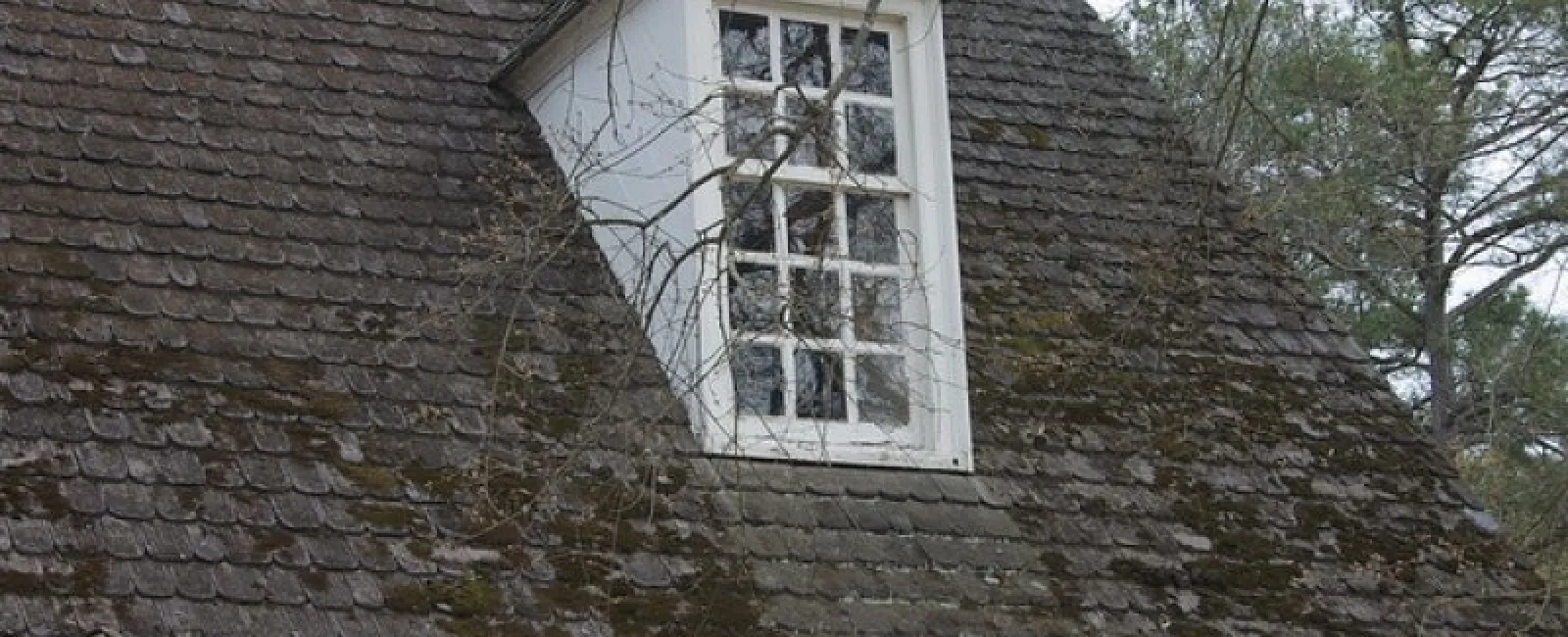If you have ever looked up at the top of your Clayton home and noticed that some patches are a little more … green than they should be, you probably have a moss problem. Moss on roof shingles is a common issue, especially with older rooftops that have given moss and lichen plenty of time to grow. Not only does it look unsightly, but moss can also cause some serious damage. Here are some of the common questions homeowners have when they notice these green patches growing on their roofs.
What causes moss?
Moss needs a few things to grow — namely, a porous surface where it can hold on, shade to protect it from the sun and a fairly regular supply of moisture to live and grow. Sometimes moss will grow where only one or two of these things are present, but all of them together spell trouble.
This means that moss on roof shingles is more likely with older asphalt shingles or wood slats. Your home is also more susceptible if surrounding trees cast a lot of shade on your roof or if you live in a damp or rainy climate. Dust and dirt that have collected and piled into cracks in your roof may also prove an excellent breeding ground. A patch of moss in the right conditions can easily grow and expand. Lichen, a similar type of plant life, often grows with moss.
Why is moss dangerous?
Over time, moss can damage your roof in several different ways. Primarily, it allows moisture to collect and sit against your roof materials, and it encourages rot, leaks and other problems. Moss on roof shingles can also wear down the roof and make it age more quickly. It may interfere with the heat or cooling of your home, and the extra weight it brings could cause structural problems in the worst case.
What should I do about moss on my roof?
There are several different treatments to remove moss patches on your roof. Pesticides are available, but because they tend to leak down into your soil, it is best to avoid them if possible. A homemade mixture of water and baking soda or salt may also discourage moss from forming and kill any moss present.
Do not try to pressure-wash the moss away or use other forceful means to remove it. This will only damage your roof further. If you really want to stop a budding moss problem, consider cutting down trees or trimming branches to eliminate the shade.
Do I need to replace my rooftop?
For minor moss problems, you probably only need to replace a few shingles and fix the source of the issue. For a long-term moss invasion, chances are good that some damage has been done behind the scenes. Find a qualified contractor to examine the situation and provide an opinion. Switching to a roof unfriendly to moss, like a metal rooftop, may be a good long-term solution.
Image source: Flickr

